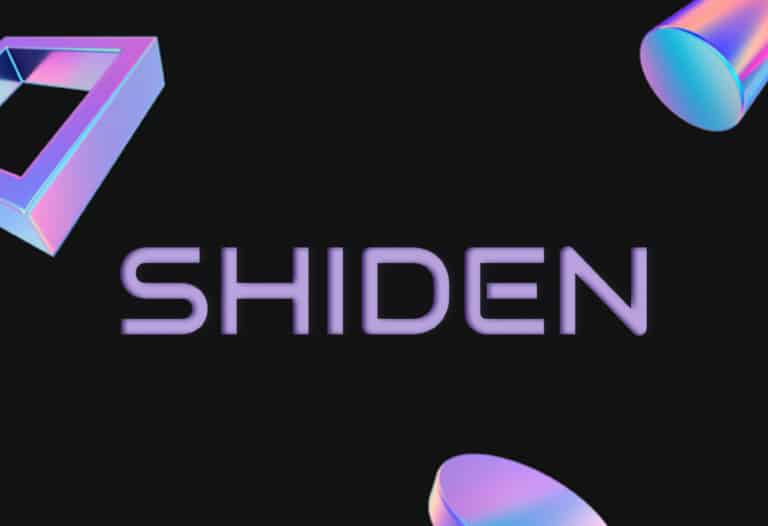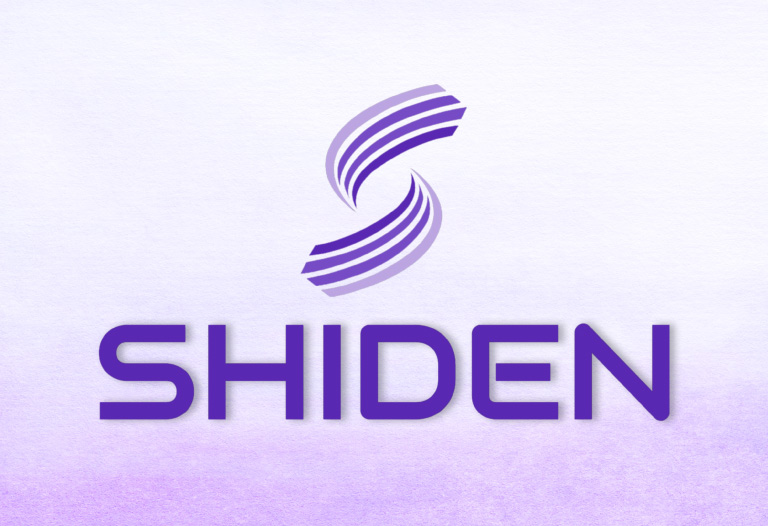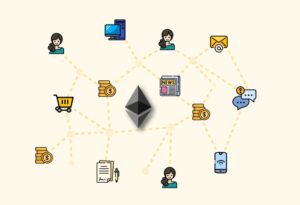
Table of Contents
ToggleDo you know what Shiden Network is and how it works? This is a project built on top of the Kusama network. The main goal of Shiden is to achieve to create a multi-chain decentralized application layer. To achieve this goal, Shiden Network has the ability to execute smart contracts compatible with the Ethereum Virtual Machine through the Solidity language and the Web Assembly or WASM. This compatibility makes Shiden Network a potentially favorable ecosystem for the use and development of dApps.
The Shiden Network was developed to run within the parachain of the Kusama network. In this way Shiden Network can employ all the power and qualities of the Substrate framework. Thanks to this system the Shiden Network has high scalability, high interoperability based on Substrate based networks, high expandability and fast commit times.
The goal behind the development of Shiden is to become one of the largest DeFi projects based on the Kusama ecosystem. Although the project has been well received so far, it should be noted that it is a project in an early development stage so we see so far it is just a step in the creation of something bigger.
A test network for Astar
As mentioned above, Shiden Network is under development and is the first step in the construction of a larger project called Astar (formerly called Plasm). Shiden’s role in this project is to represent a “canary network” or what we commonly call a test network. The goal of this network is to provide Astar with a scalable and decentralized application development oriented platform that can make Web 3.0 a reality.
The Astar project is a protocol running on the Polkadot blockchain which consists of functions that have been tested within the Shiden Network. Astar would be the superset of stable and proven functions in Shiden. In other words, Shiden would be the rapid protocol development space where interested users can test new functions before they have been released to the world.
This type of operation is very common in the ecosystem of Polkadot and Kusama, since this would be the canary network of Polkadot. Shiden would be the same as Kusama, but belonging to the main Astar network.

How does Shiden Network work?
In terms of development, Shiden and Astar differ significantly. Shiden’s development is much more advanced although they are practically the same project. Apart from this difference, the rest of the aspects are the same. To carry out a correct operation, this project counts on a series of components that we will see next:
Multilayer network
The operation of the Shiden Network is relegated to a decentralized network system that performs the function of the multilayer network. This system is organized by “Layers”. In the first layer we can find the genesis of the Shiden Network. Here all the logic that is responsible for maintaining the stability and security of the network is executed.
Layer 1 is written and developed entirely through Substrate. It is deployed in a Kusama parachain. In other words Layer 1, that is, the first layer, is a public blockchain that any user can join.
Logically, under layer 1 we find layer 2. Layers 2 function as the child layers of the first layer. They are used for the development of various modules that allow the development of child layers to provide access to unique functions.
It should be noted that the capacity of these layers 2 is infinite because they can implement complete protocols or virtual machines in them. In this way we can understand that Layer 2 has the capacity to develop real expansion spaces thanks to its great flexibility.
Optimistic Virtual Machine
As expected, all this operation must be driven by a brain that makes it work, so to speak. This function is carried out by the OVM or Optimistic Virtual Machine. This virtual machine is composed of a set of standards responsible for streamlining and unifying the various types of Layer 2 protocols of the Shiden network.
Thanks to the OVM, developers can simply express the logic they want to achieve in their applications and the machine takes care of enforcing the necessary rules. Through its operation, smart contracts and applications can be developed and executed through the client app known as L1 Adapter. This is a scheme that many blockchain developers are used to developing with, as it is the same model that we can see in applications deployed on the Ethereum network plasma scalability protocol.
The OVM owes its entire operation to Substrate, since it has the necessary tools to make developers’ work easier.
Lockdrop
Lockdrop is the economic incentive mechanism used in the Shiden network. This mechanism uses the concept of “opportunity” instead of what we know as “assets“. Its creation was based on the objective of using this mechanism to issue tokens with monetary value.
The operation of Lockdrop can be compared to a fixed-term staking, although its mathematical complexity is much higher. Such staking would be performed by a user holding SHIDEN tokens (SDN) in a proportion appropriate to his level of participation in the system.
What is the Shiden token (SDN)?
Like most projects, Shiden Network has its own native token, SDN. SDN is a token that falls into the category of network utility token. One of its main functions is based on enabling Lockdrop.
On the other hand, SDN is also in charge of incentivizing all network users. Some of the functions of this token are: staking for consensus and rewarding validators and nominators, payment of commissions, use of the dApps Rewards system and the network voting system.
It should be noted that this token has a limited supply of 71,336,892 tokens. These will be released through a deflationary issuance policy.







